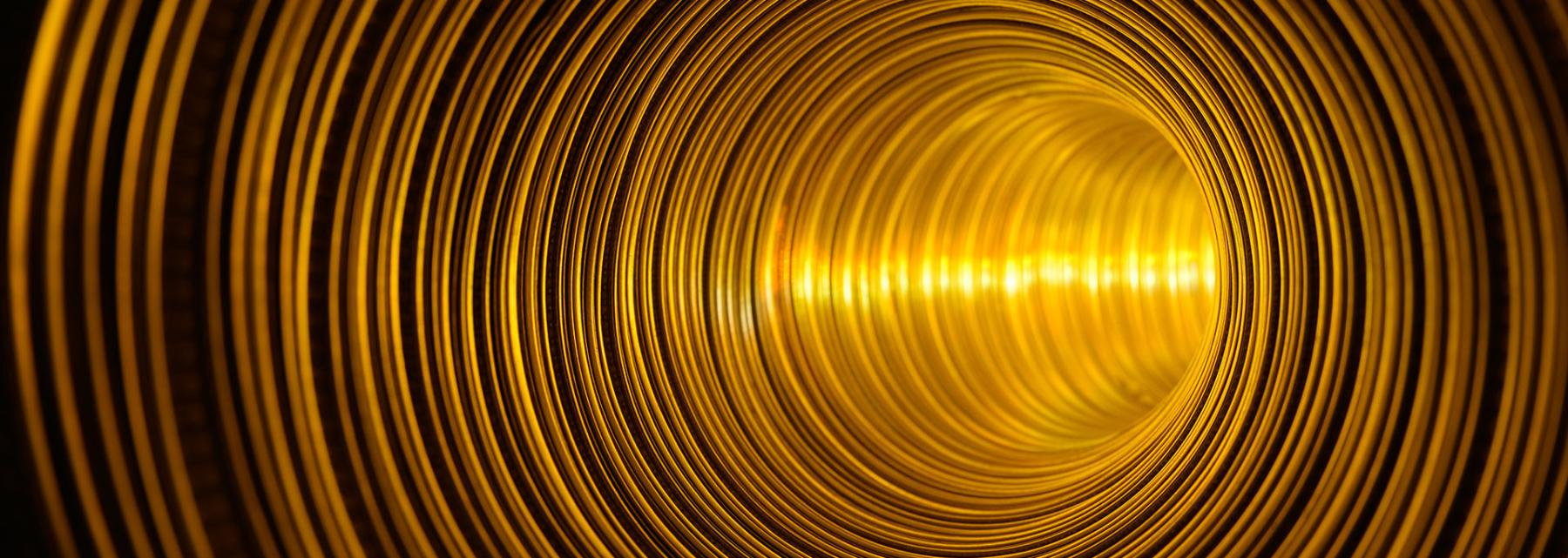
Light Interactions
by Hannah McKolay
This lesson is an introduction to a unit on the light and transverse waves. It can be utilized during a unit or at the beginning as an exploration. Students measure the speed of light in a medium (gelatin) by using an inexpensive laser such as a laser pointer or a laser level.
Lesson Plan Link/URL
https://docs.google.com/presentation/d/1hw1jpnL501134S65aSx_y4NifQ3NDBrF/edit?u…Subject Area
Science Physical Science P4: Energy Transfer Technology 1. Empowered Learner 3. Knowledge Constructor 4. Innovative Designer Engineering S3: Apply Mathematics to Engineering S4: Apply Science to Engineering Mathematics Measurement and Data (MD) Expressions and Equations (EE)
Featured
Off
Related Content

Grades:
9th Grade, 10th Grade, 11th Grade, 12th Grade
This STEM Argumentative Research Project engages students in exploring the scientific, ethical, and societal implications of themes in Mary Shelley's "Frankenstein." Students will work in groups to

Grades:
7th Grade, 8th Grade, 9th Grade, 10th Grade, 11th Grade, 12th Grade
Students will apply principles of design, engineering, and mathematics to create a physical or digital labyrinth inspired by the myth of Theseus. This project integrates STEM concepts with literature

Grades:
10th Grade, 11th Grade, 12th Grade
This hands-on lesson helps students understand exponential functions by using an LED circuit. LED luminosity decreases at an exponential rate as more are added in series. As students add more lights